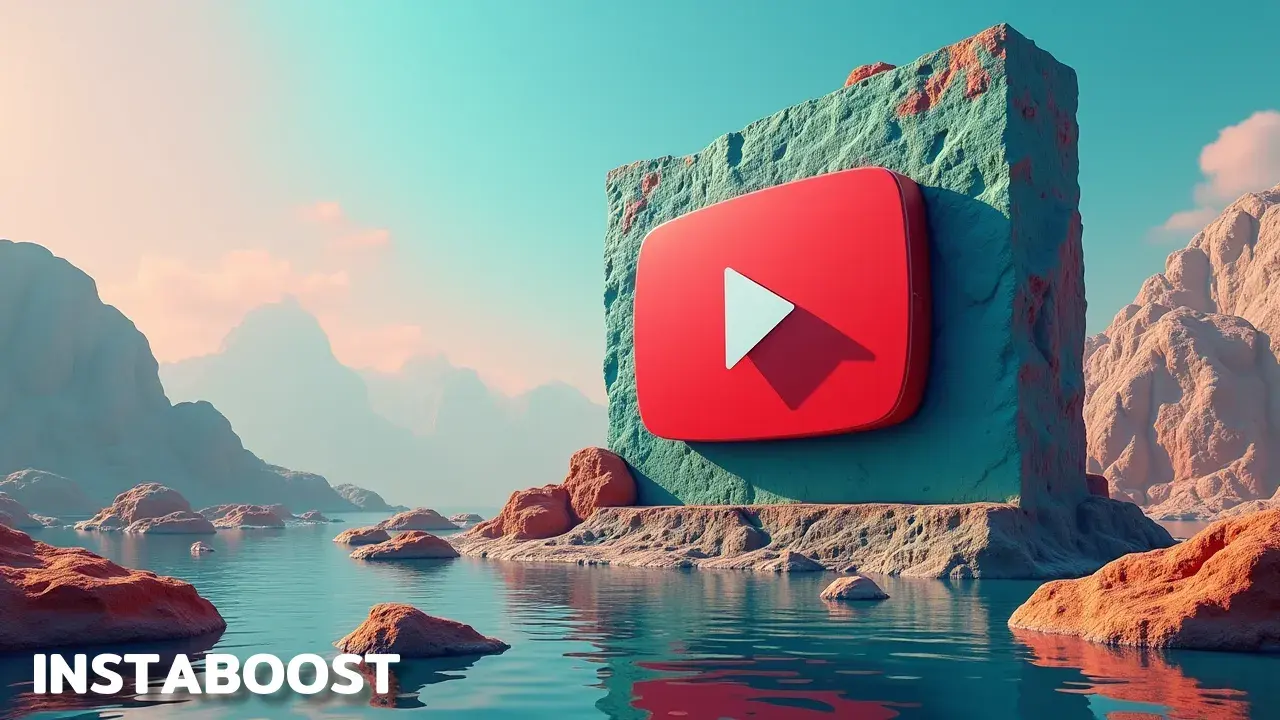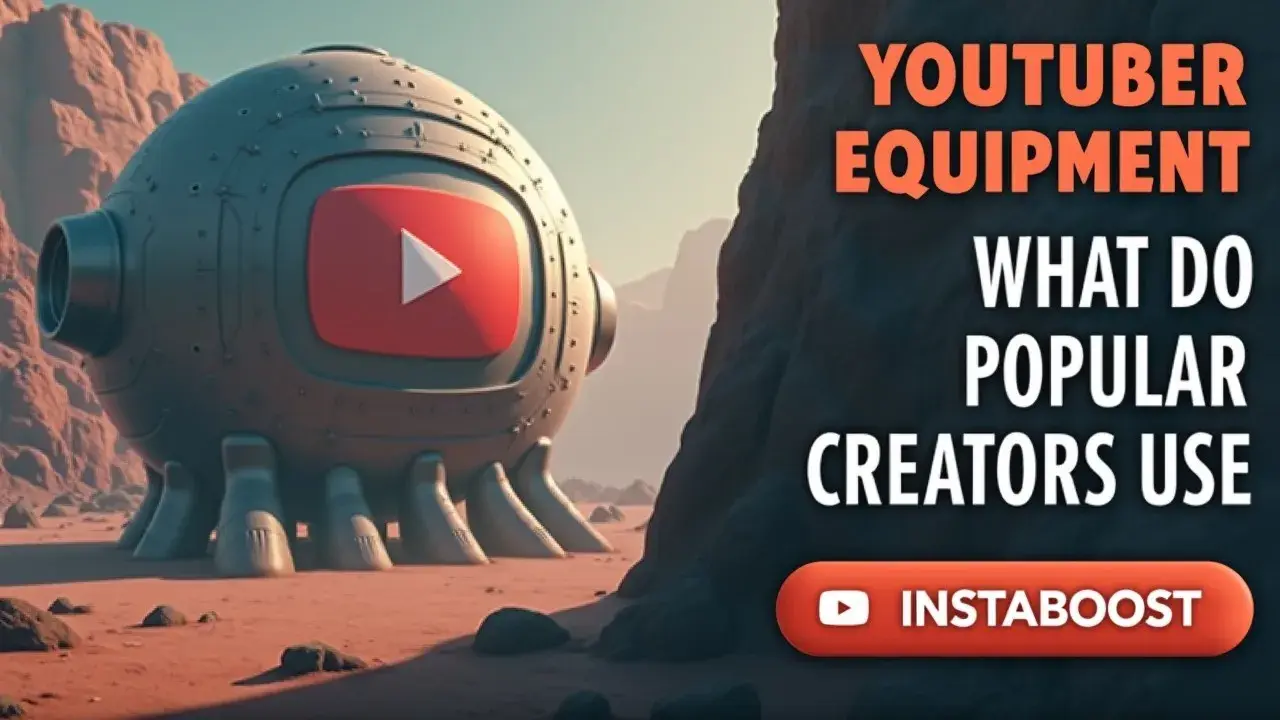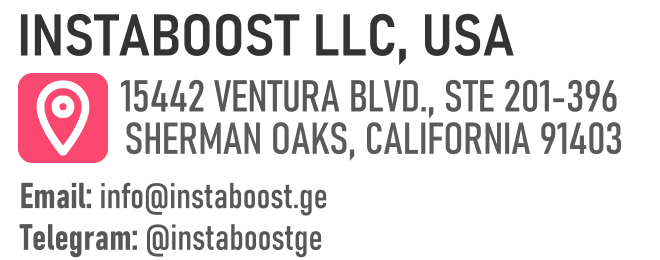YouTuber Equipment – What Do Popular Creators Use?
Popular creators typically favor gear that speeds setup and reduces retakes. Simple, reliable rigs help maintain on-camera energy and keep viewers engaged by minimizing distractions. In practice, modest upgrades that streamline shooting can deliver small gains in retention and quicker publishing, while overcomplicating a setup can slow production. The smart path is choosing equipment that removes friction and fits the workflow without adding unnecessary steps.
The Real Kit Behind Consistent, Watchable Videos
Popular creators don’t chase the shiniest rig. They build a reliable, low-friction setup that keeps them filming when energy is high and ideas are fresh. The core pattern is simple: a camera or phone that locks focus quickly, lights that keep skin tones predictable, and audio that doesn’t need rescue in post.
That foundation, paired with a stable tripod or arm and a compact key light, cuts retakes and protects momentum, which quietly lifts audience retention. If you’re comparing YouTuber equipment, think in systems rather than trophies; dialing in visuals and sound pairs naturally with efforts to improve your YouTube profile so the channel’s presentation matches the footage.
That foundation, paired with a stable tripod or arm and a compact key light, cuts retakes and protects momentum, which quietly lifts audience retention. If you’re comparing YouTuber equipment, think in systems rather than trophies; dialing in visuals and sound pairs naturally with efforts to improve your YouTube profile so the channel’s presentation matches the footage.
A decent mirrorless body with a fast 24 – 35 mm lens often beats a pricier camera stuck with kit glass. A lav or shotgun mic placed correctly usually outperforms a “studio” mic across the room. A softbox or LED panel at 45 degrees does more for watch time than a color-changing light show. Paid accelerants like targeted promotion or creator collabs compound these gains when the footage already feels clean and human, because viewers reward clarity, not just reach. Smart buyers pressure-test gear choices with a quick shooting loop: film a 60-second script, check focus breathing, listen for plosives, scan the histogram and skin tone, export, then read real comments or retention graphs in YouTube Analytics.
If results improve, scale. If not, refine fit before upgrading. Reputable brands and qualified vendors help with reliability and accessories, and the bigger advantage is a kit you can deploy in minutes with consistent settings. That consistency shortens edits, supports a regular upload cadence, and gives analytics a clean baseline so any new lens, mic, or light you add can be measured for impact instead of guessed.

Why Viewers Trust the Setup (Not the Specs)
This system didn’t come from brilliance. It came from cleaning up chaos. Popular creators aren’t chasing exotic lenses. They’re locking in repeatable results that push ideas to the timeline faster. The credibility you feel from a channel – why you accept their advice on a mic or a light – often comes from a rig that behaves the same on Monday at 9 a.m. and Thursday at midnight. A camera that nails continuous autofocus on faces, a key light with stable color temperature, and a mic within a hand’s span create a baseline your audience reads as honesty.
No jump cuts hiding bad takes, no waxy skin tones that signal over-processing, no rescued audio that smells like a patch job. With that foundation, you can add accelerants without sounding salesy. Paid test campaigns or a short trial of a reputable audio plugin work when you match them to intent and measure lift – watch time, comment quality, and completion rates, the same way you’d treat any outside boost, even something like order YouTube subscribers now, as data to interpret rather than a shortcut. That’s how gear choices become content strategy. Pair a compact LED with a simple softbox and you’ll see fewer retakes, which builds steadier uploads and clearer analytics.
With clean data, a creator collaboration or a targeted promotion isn’t a gamble – it’s a measured nudge. If you upgrade, do it where friction is highest. Autofocus and audio first, then lights. Reputable, well-reviewed options tend to win because they maintain skin tone consistency and reduce post fixes, not because they’re expensive. The smart play is a setup that protects momentum. That’s what viewers read as authority, and it’s why the “YouTuber equipment” they trust looks boring on paper and unbeatable on a deadline.
Patch the Leaks: Turn Gear Into a Conversion System
Most funnels leak, so I treated my rig like a growth loop, not a shopping list. It works when every piece reduces friction and creates a measurable retention signal. The earlier baseline – fast autofocus, predictable key light, mic within a hand’s span – pays off when you route that stability into decisions. I record a short control sequence for every video – 10 seconds of face, a hand wave, one line to camera – and use it to A/B check focus behavior and skin tone before publishing. That preflight catches the “Monday at 9 a.m.” drift that quietly erodes trust. If you promote, match small, targeted spend with a clean thumbnail and a hook that lands in the first eight seconds, then track audience retention and real comments rather than views alone; ignore gimmicks like buy likes for instant engagement and optimize signals you can actually sustain.
Qualified ad spend is a strong lever when it amplifies what already holds attention. Collab gear matters too. I send guests a documented kit – USB mic shortlist, lighting placement, quiet room checklist – so their footage meets my floor and avoids rescue in post. Upgrades stay conditional. A brighter key light or better preamp makes sense when analytics show falloff during quiet dialogue or color shifts after cuts. Otherwise, bank the cash and upgrade your timeboxing, not toys.
Use reputable rental or a free trial window to pressure-test cameras for continuous face autofocus instead of spec sheet feats. Keep the rig semi-permanent – tripod set, light marked on the floor, mic arm indexed – so you can capture ideas while the energy is fresh. The non-obvious bit is that consistency compounds discoverability. When your setup behaves the same, the edit tightens, the publish cadence steadies, and YouTube reads you as dependable. That’s the real equipment advantage popular creators use.
Stop Worshiping Specs: Respect the Workflow
I kept trying to convince myself it was working. I upgraded the camera, swapped lenses, chased “pro” YouTuber gear, and still watched retention flatten at minute two. The issue wasn’t the parts. It was workflow gravity pulling everything out of orbit. The channels you trust aren’t flexing specs. They’re protecting flow: autofocus that frees your eyes to connect, a key light that doesn’t color-shift mid-take, and a mic that stays put so edits stitch cleanly.
If you want velocity and credibility, treat purchases as triggers in a testing loop, not finish lines. Pair every upgrade with a safeguard. After changing lights, run a three-video micro-test with the same A-roll script and measure first-30-second hold. After tweaking audio, compare comment sentiment for “clear” or “crisp” mentions, and support content reach with real views only once repeatability shows up in your baseline. Promotion works when it’s matched to fit – targeted clips sent to similar creators for one collab, or a small, well-placed ad to warm audiences – once the baseline is repeatable. Cheap can work if it’s stable and measurable.
Premium is worth it when it reduces retakes, speeds editing, and survives Monday at 9 a.m. Treat your rig like a conversion system: camera with face-detect AF, a fixed-position mic, preset white balance, and a standing scene file so your cuts feel honest and your timeline moves. The payoff is concrete: earlier momentum, cleaner analytics, and fewer reshoots that steal your upload cadence. Specs can impress, but workflows retain. If you’re choosing between a pricier body and a reputable light with verified color stability, pick the light – then prove it with retention signals and real comments before you scale promotion.
Ship the System: Publish, Measure, Iterate
Break something, then rebuild it better. Treat your YouTube gear like a publishing engine that earns its keep when it shortens time to upload and lifts watch time. Close the loop. Record with a stable rig, cut with presets, export with templates, schedule with buffers, and tag with a repeatable metadata checklist.
Then plug that pipeline into clean analytics so retention dips, question-heavy comments, and chapter skips turn into specific gear or workflow tweaks. If autofocus hunts during explainers, that’s not failure. It’s a test case for adding a reliable face-detect body or a focus limiter, measured against next week’s retention curve. If your key light creates raccoon eyes, log it, switch to a softbox with a grid, and watch whether real comments shift from “audio?” and “lighting?” to topic cues you can scale. Paid accelerants have a place. A reputable mic upgrade plus a small, targeted promotion or creator collab can spark early momentum, and they work best with safeguards like A/B thumbnails, end-screen paths, and a clear testing window, and simple distribution touches that engage new viewers via reposts without distorting your signal.
The point isn’t prestige specs. It’s a workflow that compounds. Popular creators use gear that disappears – a mic within a hand’s span, fast autofocus that behaves, neutral lighting that never surprises, and a capture card that never drops frames. When the system is quiet, your ideas get loud. End each cycle with one decisive change, not twelve, and let the metrics breathe for a week. This is how equipment becomes a conversion system. Every component reduces friction, every upload feeds the next decision, and your channel shifts from “Is this camera good?” to “Did this episode move someone to watch the next?” and “What makes a stranger stick around?”















